
MOLAR
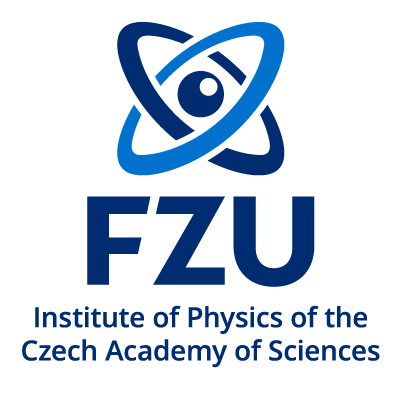


Light-matter interfaces lie at the core of many quantum phenomena and technologies. At the single emitter level, they enable strong photon-photon interactions instrumental to engineering gates for photonic quantum computing as well as non-classical states of light for metrological purposes. In the multi-emitter regime, the exchange of photons between them can lead to long-range photon-mediated interactions which can be harnessed for quantum simulation, as well as to obtain super/subradiant phenomena which can improve (even exponentially) the fidelities of quantum memories or multi-photon light generation. However, despite many spectacular realisations, state-of-the-art platforms still face great challenges to exploit the full potential of such collective phenomena, partly due to the limited tunability of the photonic and emitter components.
In this project, we aim to build and demonstrate the potential of a new versatile light-matter interface that we labelled as MOLecular LAttice quantum electRodynamics (MOLAR). It will be based on the combination of the engineered molecular emitters developed by CNR-INO node and the photonic lattices within an open cavity currently being built within the PHLAM node, and will count with the theoretical know-how of the CSIC and the CAS nodes in the description of quantum collective effects and molecular light-matter interfaces, respectively.
Apart from offering an excellent potential for scalability, the key advantage of the MOLAR platform is its flexibility to engineer both unconventional photonic fields by changing the geometry of the photonic lattices and complex electronic level structures by chemical synthesis, combined with the advanced visualisation techniques provided by the open cavity. Overall, this will enable us to reach and observe new paradigms in collective quantum optical phenomena with no analogue in existing setups. More specifically, on the experimental side we will perform proof-of-principle experiments that demonstrate the emergence of such collective phenomena by observing, e.g., bound-states-in-the-continuum in one and two-dimensions –the hallmark of perfect subradiance–, as well as tunable-range light-localization in the presence of photonic band-gaps. On the theoretical side, we will develop tools that enable capturing the non-perturbative phenomena appearing in such platforms, and develop new powerful protocols for quantum science applications that exploit the added complexity of the emitters and bath.
Our consortium consisting of partners from Spain (Instituto de Física Fundamental (IFF-CSIC)/ QUINFOG), France (CNRS - University of Lille - PhLAM laboratory), Italy (National Institute of Optics CNR-INO) and Czechia (Institute of Physics of the Czech Academy of Sciences) succeeded in the QuantERA call 2023!
Members of the consortium:
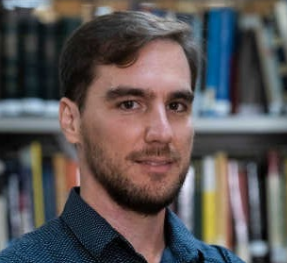
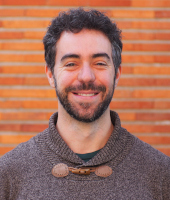
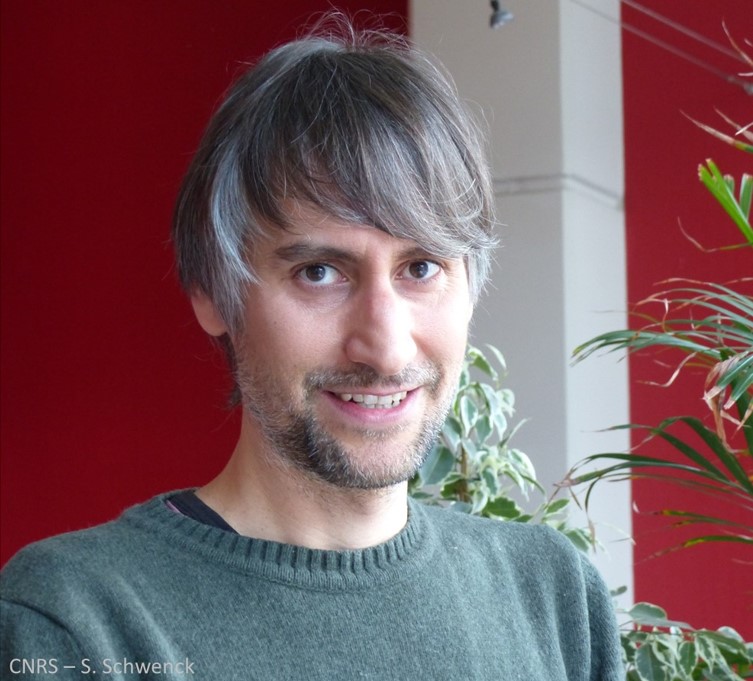
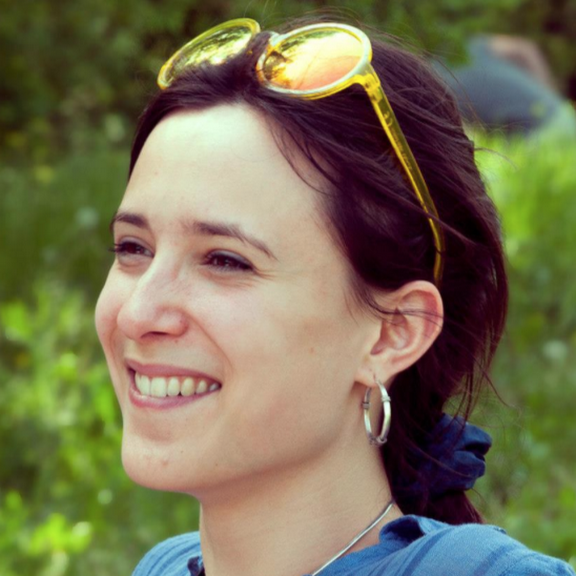
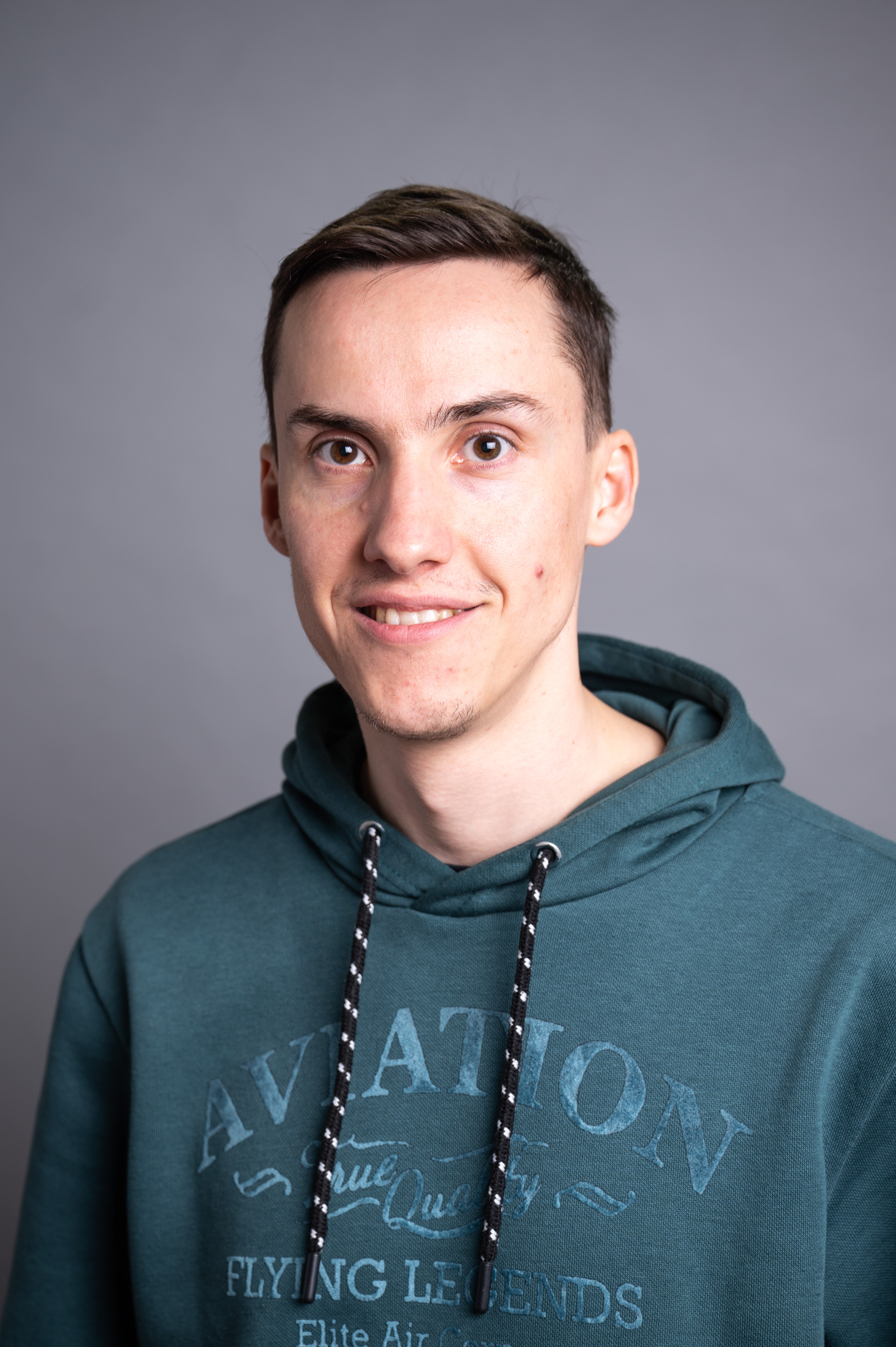
List of publications comes here.